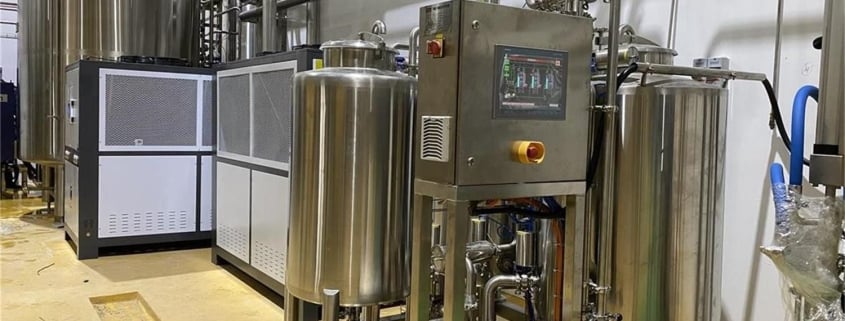Beer Brewery Equipment: Types, Costs, and ROI
Types of Beer Brewery Equipment
When diving into the world of beer brewing, understanding the different types of beer brewery equipment is your first step. Think of it like putting together the pieces of a puzzle — each piece has a job to do, and together, they make magic happen. Here’s the rundown.
At the heart of every brewery is the brewhouse system. This typically includes a mash tun, lautering tun, boil kettle, and whirlpool. These vessels handle everything from soaking the grains to boiling the wort. Some systems combine these into two- or three-vessel systems to save space and simplify the process.
Next up is fermentation equipment. These are the tanks where the actual beer is born. Conical fermenters are the gold standard here. They allow yeast to settle neatly at the bottom, which makes for easier cleaning and better beer clarity.
Then comes the bright beer tank, which stores the finished beer before bottling or kegging. It’s like a holding pen for your brew, where carbonation and clarification can be fine-tuned.
You’ll also need pumps, heat exchangers, clean-in-place (CIP) systems, and control panels. Together, they ensure that your brewing process is efficient, sanitary, and repeatable.
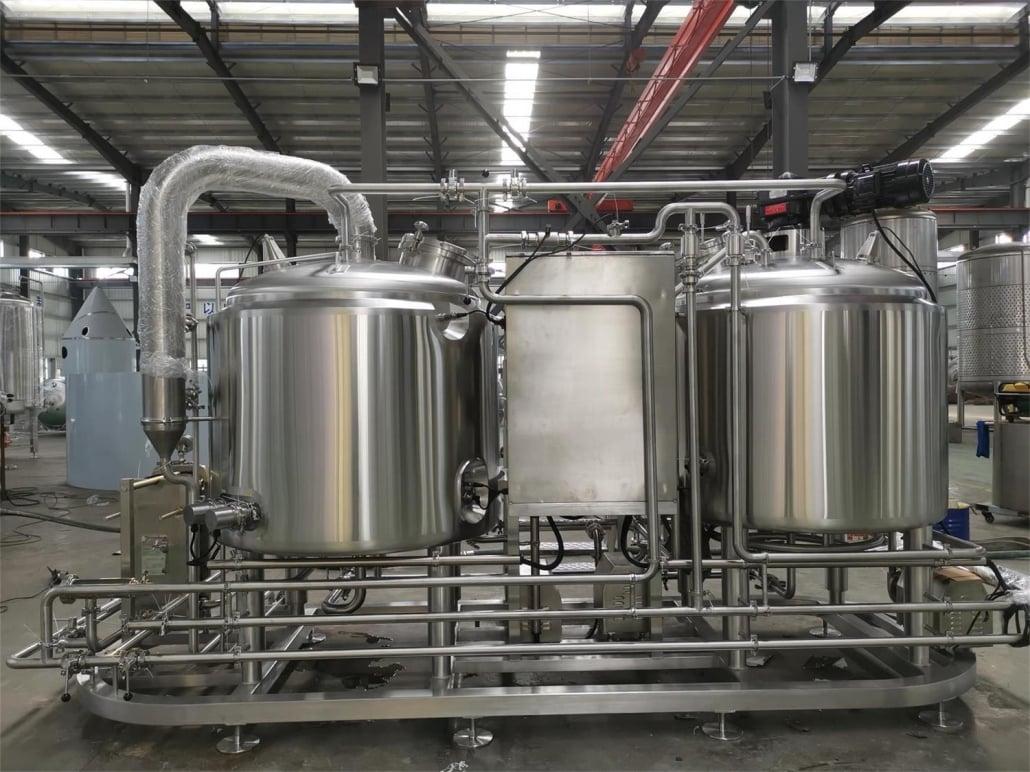
Brewing Equipment Categories
| Equipment Type | Purpose | Common Sizes | Notes |
|---|---|---|---|
| Mash Tun | Mixes crushed grains with water to create wort | 1 – 30 BBL | May include rakes and jackets for heating |
| Boil Kettle | Boils wort, hops added here | 1 – 50 BBL | Needs ventilation, often steam-heated |
| Fermenter (Conical) | Converts wort to beer via yeast fermentation | 1 – 60 BBL+ | Conical bottom for yeast harvesting |
| Bright Tank | Conditioning and carbonation of beer | Similar to fermenters | Optional but valuable for quality |
| Heat Exchanger | Rapidly cools wort from boiling to fermentation temperature | N/A | Vital for yeast health |
| Control Panel | Manages temperature, timing, and system alerts | Varies with system | Improves automation and precision |
| CIP System | Cleans brewing equipment without disassembly | Custom or modular | Improves hygiene and reduces downtime |
How to Choose the Right Brewery Equipment
Choosing brewery equipment isn’t like buying a new coffee maker. It’s more like planning a kitchen for a five-star restaurant. What you pick directly affects your output, beer quality, and even long-term profits. So how do you make the right choice?
Start with your brewing goals. Are you brewing for fun, planning to open a taproom, or scaling to a national brand? Home brewers may be happy with a 5-gallon system, while a microbrewery needs a 5- to 15-barrel setup.
Next, consider batch size and frequency. Brewing small but often? Then efficiency and fast clean-up systems are key. Brewing large batches? Go for bigger tanks and automation.
Space availability plays a crucial role too. Don’t fall into the trap of buying huge tanks you can barely fit through your brewery doors. Always measure your space before signing on that shiny new fermenter.
Also, think about future scalability. Some smart brewers start with 7-barrel systems but leave room to add another fermenter or bigger kettle down the line.
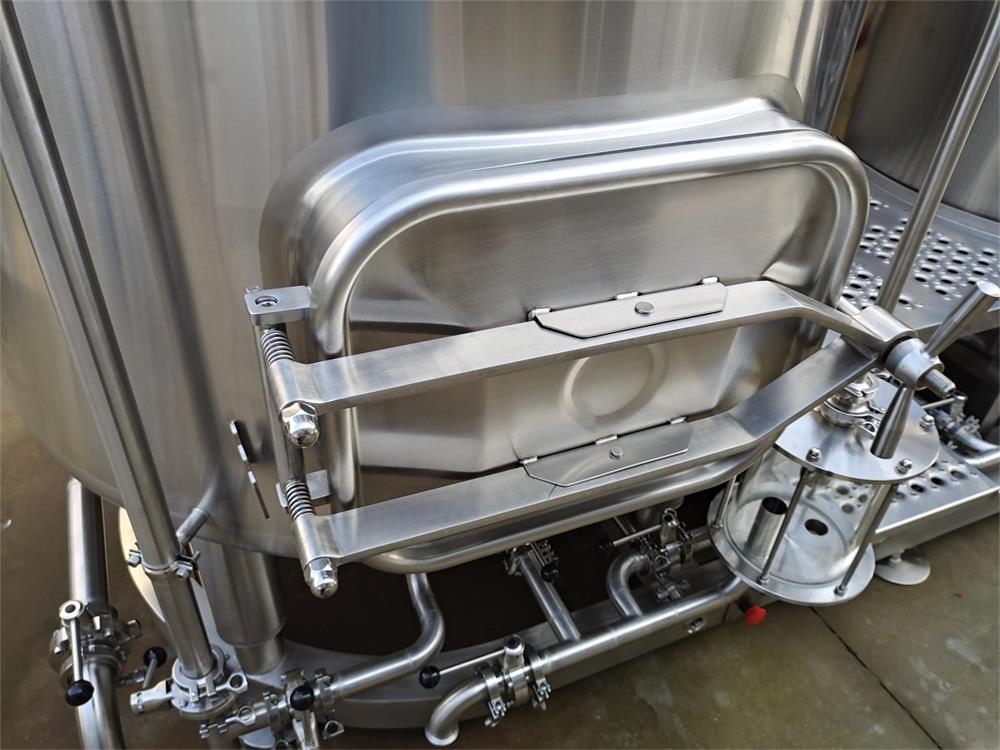
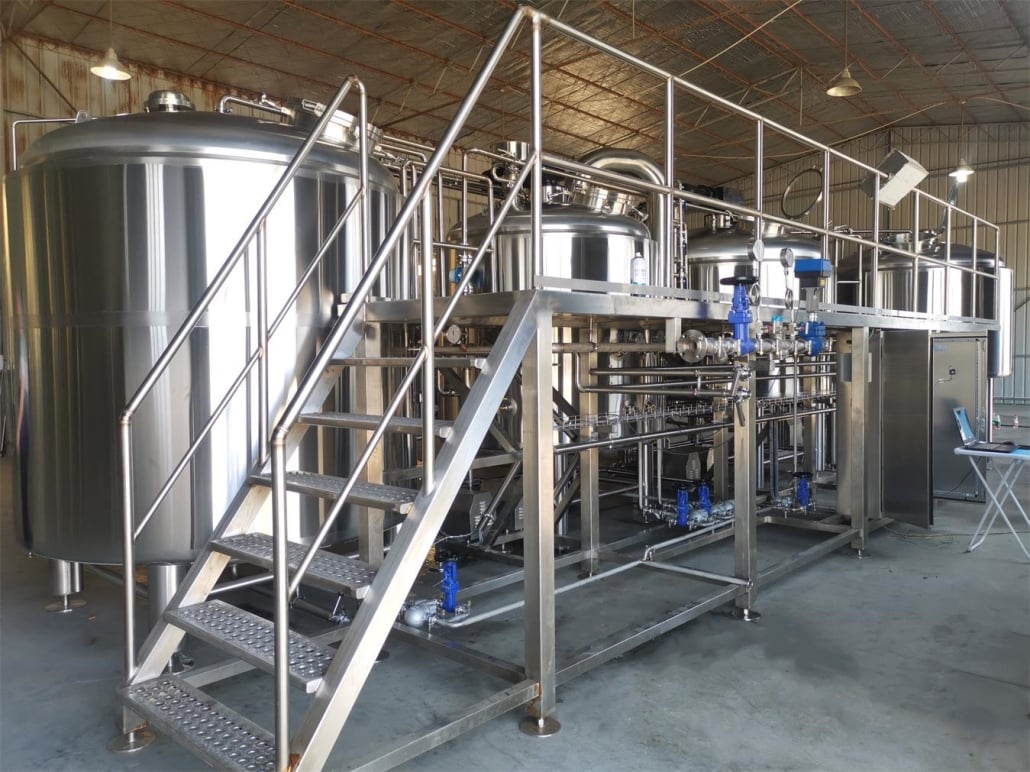
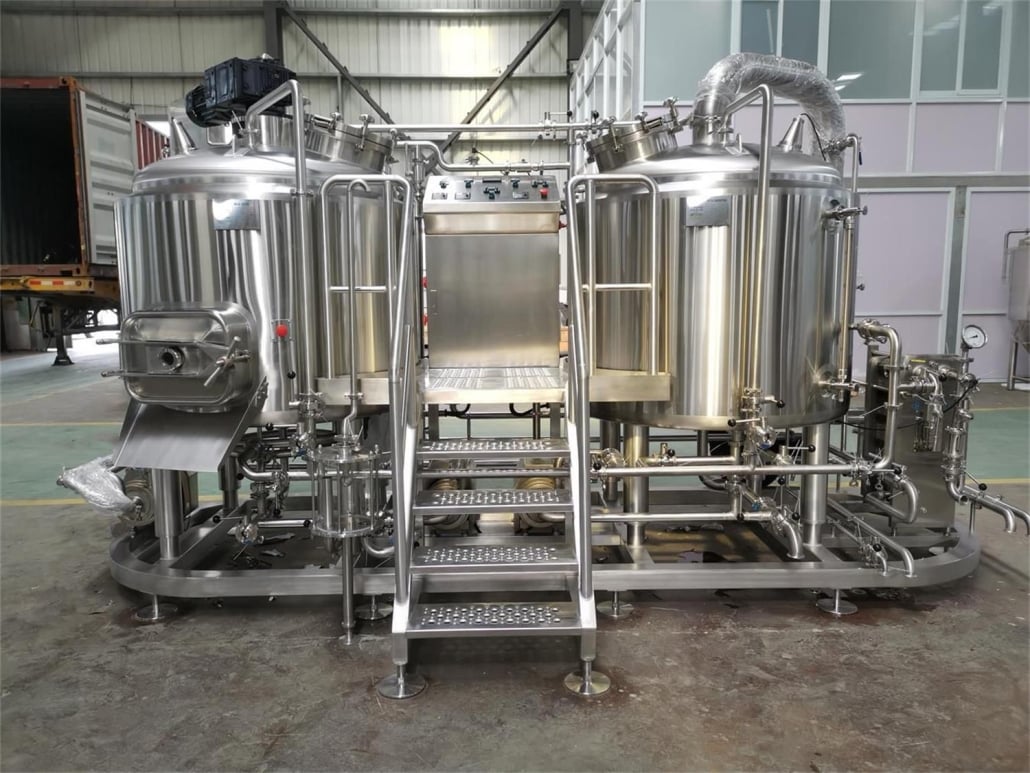
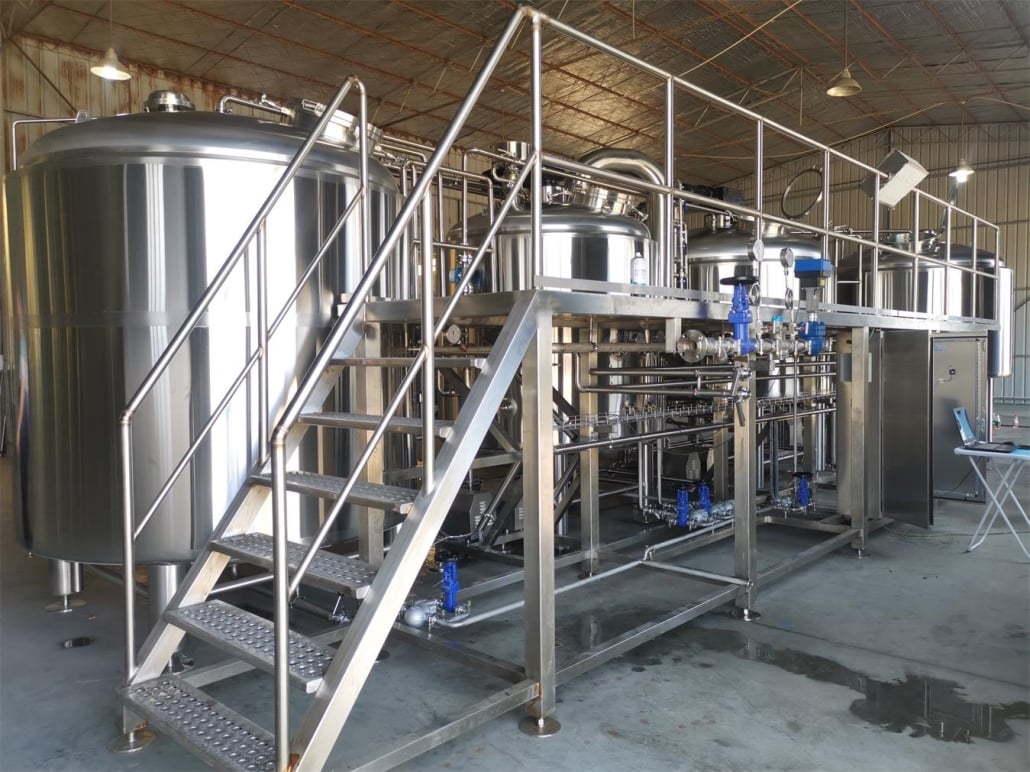
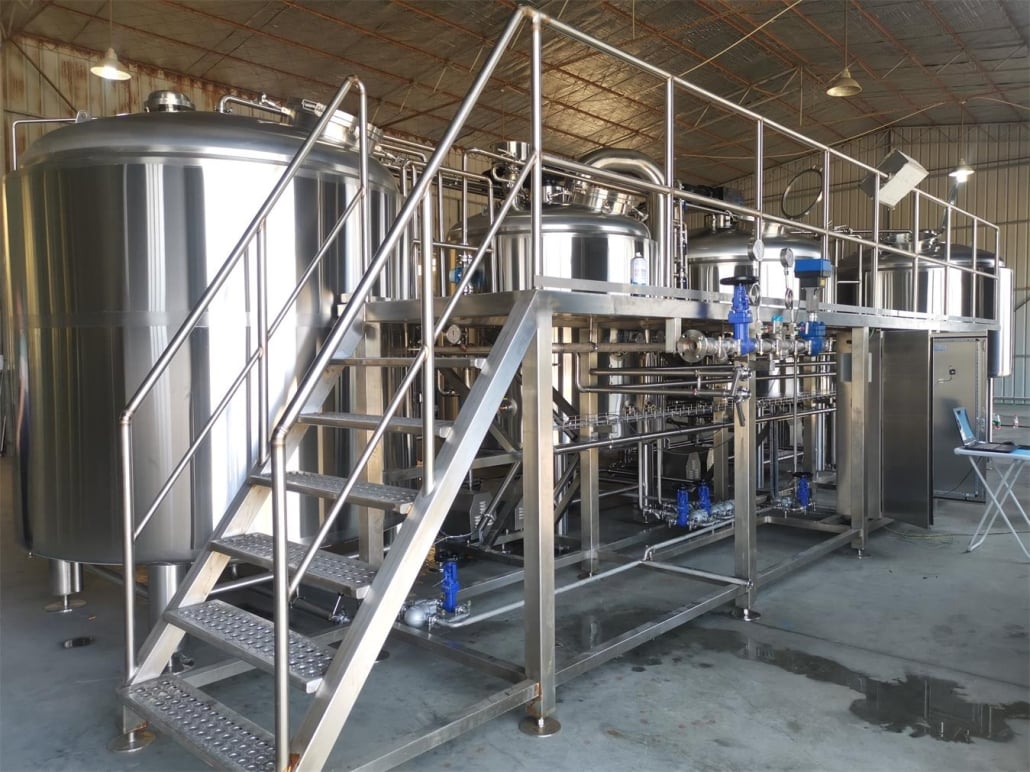
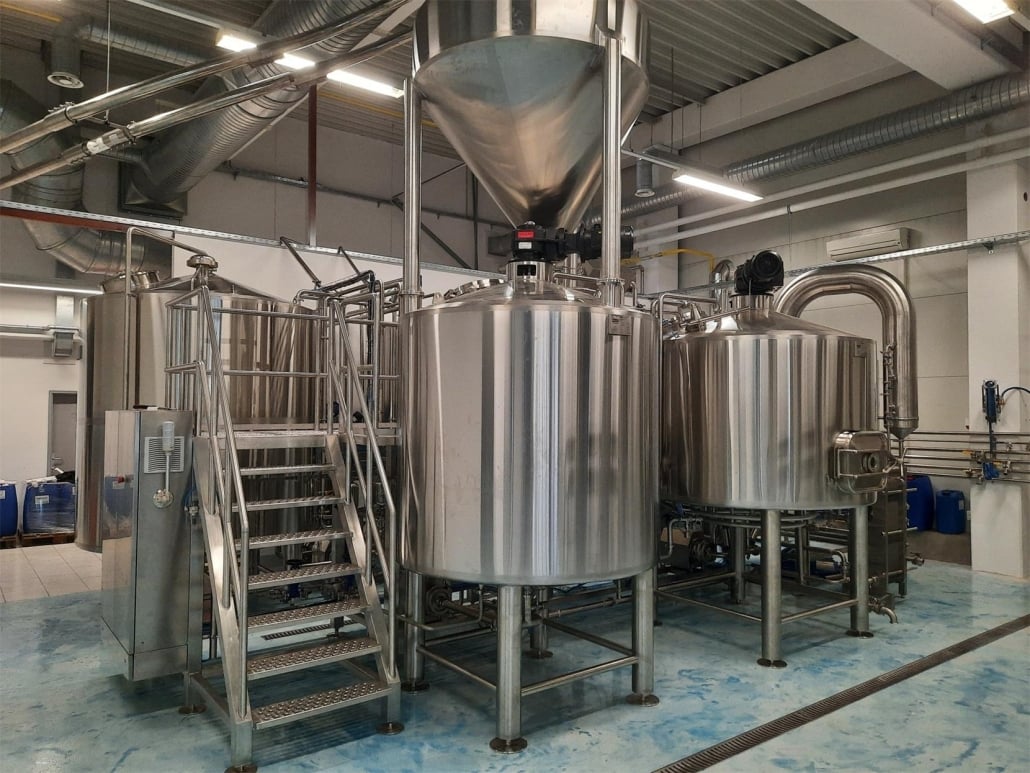
Brewery Equipment for Different Needs
Every brewing journey is different, so the equipment needs vary wildly. Here’s how setups differ based on your scale and brewing ambition.
Home Brewer Setup
For DIY enthusiasts, you don’t need to break the bank. A small brew kettle, basic fermentation bucket, and manual bottler will do the job. These setups are hands-on, and you’ll learn a lot by doing everything yourself.
Nano Brewery Equipment
Nano breweries are the “food trucks” of brewing: small, agile, and often experimental. A 1- to 3-barrel system with 2-3 fermenters is common. You’ll want decent automation, good sanitation gear, and scalable fermenters.
Microbrewery Equipment
Microbreweries usually serve taprooms or distribute locally. Here, a 5- to 15-barrel brewhouse, glycol chillers, and multiple fermenters are typical. You’ll need professional-grade controls and sanitary handling systems.
Production Brewery Setup
For regional or national brands, it’s a whole new ballgame. Expect 30-barrel systems or larger, automated bottling and kegging lines, massive fermenter arrays, and complete quality labs. Efficiency, consistency, and high-capacity performance matter here.
Key Features to Look For in Beer Brewing Systems
When evaluating brewery equipment, look beyond the stainless steel shine. Ask yourself: does this make my brewing better, easier, or faster? Here are key features you don’t want to ignore.
Material quality is foundational. Go for 304 or 316 stainless steel; it resists corrosion and lasts longer. Cheaper metals are a false economy.
Automation options matter, especially as you scale. PID temperature controllers, touch-screen HMIs, or even remote monitoring apps can transform how efficiently you operate.
Look for modular designs. Equipment that can grow with your business (extra ports, upgrade paths) means you won’t need a complete overhaul later.
Ease of cleaning is crucial. Features like CIP spray balls, sloped bottoms, and sanitary valves save you hours and protect your beer from contamination.
Energy efficiency shouldn’t be overlooked either. Insulated tanks, variable speed pumps, and efficient heat exchangers all save money in the long run.
Cost and ROI of Beer Brewery Equipment
So what’s the damage to your wallet? Well, brewery equipment costs can range from a few thousand dollars to well over a million, depending on your setup.
| Brewery Scale | Typical Equipment Cost | ROI Timeline (Est.) | Notes |
|---|---|---|---|
| Home Brew Setup | $500 – $2,000 | Not applicable | Hobby-focused |
| Nano Brewery | $15,000 – $100,000 | 1 – 3 years | Small-scale, taproom or niche sales |
| Microbrewery | $100,000 – $500,000 | 2 – 5 years | Local distribution, requires staffing |
| Production Brewery | $500,000 – $2,000,000+ | 3 – 7 years | High output, high overheads |
ROI depends on multiple variables — beer pricing, distribution scale, local taxes, licensing, and labor costs. But investing in better equipment often leads to faster output, consistent quality, and fewer production hiccups, all of which push your profits up over time.
Where to Buy Brewery Equipment
Sourcing your equipment is a decision you can’t rush. You’re not just buying metal tanks; you’re building the foundation of your brewing dream.
For starters, check out established manufacturers like Ss Brewtech, Blichmann, SPI Brew, and A.B.E. Equipment. These companies have solid reputations, warranty support, and parts availability.
Alternatively, Chinese manufacturers often offer lower prices. Some like Tiantai or YoLong Brewery have strong portfolios, but always check reviews and after-sale service.
Local resellers and used equipment marketplaces like ProBrewer or EquipNet can also save you money. But be cautious with used gear; check for wear, warranty voids, and compatibility with your existing systems.

FAQ
| Question | Answer |
|---|---|
| What size brewery system should I start with? | It depends on your goals. Hobbyists can start with 5-gallon systems; pros may need 7-15 BBL. |
| Can I upgrade brewery equipment later? | Yes, if you buy modular systems. Choose brands that support future expansion. |
| Is Chinese brewing equipment reliable? | It can be. Some brands are excellent, but do your homework and inspect before purchase. |
| How often should I clean brewery equipment? | After every batch. Consistent sanitation prevents off-flavors and contamination. |
| How do I calculate ROI for brewery equipment? | Factor in production volume, price per pint, overhead costs, and time to break even. |
| What’s the lifespan of brewery equipment? | With good maintenance, 10-20 years or longer. Stainless steel is very durable. |
| Should I automate my brewing system? | If you brew frequently or at scale, yes. Automation boosts efficiency and consistency. |

